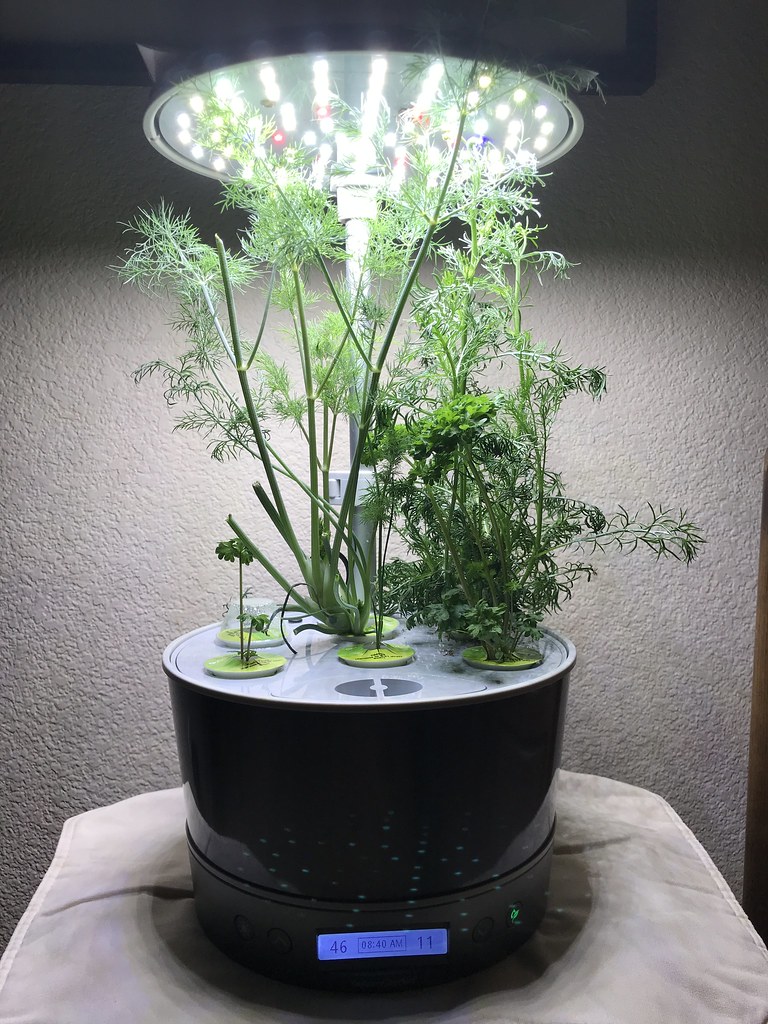Use a Light Meter for Indoor Houseplant Success
Many people find it challenging to provide adequate light for houseplants. However, using a light meter can significantly enhance indoor plant care by accurately measuring light intensity, ensuring plants receive the necessary light to thrive.
Key Takeaways
- Understanding light is essential for successful indoor plant care.
- Using a light meter helps in accurately measuring light intensity.
- Each plant species has unique light needs for optimal growth.
Importance of Light for Houseplants
Light is the energy source that fuels photosynthesis, the process by which plants convert carbon dioxide and water into sugars for growth. Without the right amount of light, houseplants cannot produce enough energy to support their vital functions. Different light levels significantly impact a plant’s health. Therefore, providing the best light is essential for growing plants indoors. It is important to understand the light needs of each plant and ensure that they receive the right light.
Understanding Light Needs of Indoor Plants
Each houseplant species has unique light needs. Some plants thrive in bright light, while others prefer low light conditions. It is important to understand the different light requirements of your plants. This will allow you to provide the proper environment for healthy growth. Before buying a new plant, research its specific light needs. Place it in a location that matches those requirements. This ensures the plant receives the right amount of light for its well-being.
Types of Light and Their Effects on Plant Growth
Indoor plants can receive different types of light: direct sun, indirect light, filtered light, and artificial light from grow lights. Direct light is intense and can scorch the leaves of some plants. Indirect light is gentler and diffused, making it suitable for plants that prefer moderate light levels. Understanding these various types of light and their effect on plant growth is essential. When starting your plant care journey, invest in a light meter to measure light intensity and ensure your plants receive the spectrum of light they need.
How Light Affects Water and Nutrient Uptake
Light influences water and nutrient uptake in indoor plants. When a plant receives sufficient light, it transpires more water, which helps draw nutrients from the soil. Insufficient light can slow down this process. It can then lead to nutrient deficiencies. Understanding light and water relationships is crucial for optimal plant health. Providing the right amount of light will allow your plants to efficiently absorb water and nutrients, fostering vigorous growth. So remember, consider how light affects these processes for better plant care.
Using a Light Meter
What is a Light Meter?
A light meter is a device used to measure light intensity. It is an essential tool for ensuring that your indoor plant receives the right amount of light. Understanding light is crucial in plant care. A light meter can accurately measure the light intensity in lux or foot candles. This allows you to determine if a plant’s location provides the light conditions necessary for its healthy growth. Using a light meter can remove the guesswork from placing your plants indoors, making plant care easier and more effective. They are available in different forms, and can measure the spectrum of light.
How to Measure Light Intensity with a Light Meter
To measure light intensity using a light meter, place the device at canopy level of your plant. Make sure the sensor is facing the light source. Take readings at different times of the day to understand the range of light your plant receives. Compare these readings with the plant‘s needs for light levels. For example, a plant requiring bright light should receive a high light reading. Understanding light and how to measure light intensity, you can adjust the placement of your indoor plant. Using a light meter helps provide the best light for thriving houseplants. The correct amount of light is essential.
Light Meter Apps: A Modern Alternative
Light meter apps are a modern alternative to traditional light meters. These apps use your smartphone’s camera to measure light intensity. While not as precise as dedicated devices, they offer a convenient way to quickly measure the light in your home. These apps can measure light and determine if your houseplants are receiving enough light. Many light meter apps provide readings in lux or foot candles. This will help you compare the measurement with specific plant needs. If you don’t want to invest in a light meter, light meter apps are a handy tool for basic plant care. They provide a quick assessment of light conditions.
Assessing Light in Your Home
Identifying the Best Light for Your Houseplants
Identifying the best light for your houseplants is essential for successful plant care. Different houseplants have varying plant needs, with some thriving in bright light and others preferring low light conditions. To accurately assess the light in your home, consider using a light meter to measure light intensity. This will help you understand light and determine if the current light conditions meet the specific light needs of each plant. Understanding light also includes identifying the type of light, such as direct light, indirect light, or filtered light, and how it affects your indoor plant.
Foot Candle Measurements and Their Importance
Foot candle measurements are a crucial aspect of understanding light and ensuring your houseplants receive the right amount of light. A foot candle is a unit used to measure light intensity, indicating how much light is falling on a surface. Using a light meter to measure light in foot candles allows you to precisely assess whether your plants are getting adequate light levels. For example, plants needing bright light require a higher foot candle measurement than those preferring low light. Regular light measurement using a light meter is essential for optimal plant care, ensuring that each indoor plant gets the best light.
Understanding Artificial Light for Indoor Plants
When natural light is insufficient, artificial light becomes essential for growing plants indoors. Grow lights provide the spectrum of light that plants need to perform photosynthesis and thrive. Different grow lights emit varying types of light, such as full-spectrum lights that mimic the direct sun, or specialized lights designed for specific stages of plant growth. Using a light meter to measure light ensures that your plants are receiving the right amount of light. This is especially important when relying on artificial light, as light intensity can vary significantly.
Best Practices for Plant Care Using Light Measurements
Determining How Much Light Your Plants Need
To determine how much light your plants need, start by researching the specific light needs of each houseplant. Different plant species require different light levels, ranging from bright light to low light. Consider using a light meter to measure light intensity in various locations within your home. This will help you understand the light conditions and determine the best placement for each plant. Regularly assess the amount of light your indoor plant receives to ensure it aligns with its specific plant needs, adjusting as necessary for optimal growth.
Adjusting Indoor Lighting for Optimal Growth
Adjusting indoor lighting is crucial for ensuring optimal growth of your houseplants. If a light meter indicates that a plant is not receiving enough light, consider moving it closer to a light source. This could be a window or a grow light. For plants receiving too much direct light, move them to a location with filtered light or indirect light. Using a light meter to measure light regularly helps you monitor light levels and make necessary adjustments to provide the best light. This will help them thrive and prevent issues.
Common Mistakes in Assessing Light for Houseplants
One common mistake in assessing light for houseplants is relying solely on visual estimation rather than using a light meter to measure light intensity. Our eyes can be deceptive. What appears bright to us might not provide enough light for a plant needing bright light. Another mistake is assuming all windows provide the same kind of light. North-facing windows typically offer low light, while south-facing windows provide direct sun. Failing to understand light and measure light can lead to underwatering, overwatering can cause plants to suffer despite your best efforts. Regular plant care using a light meter helps avoid these pitfalls.



